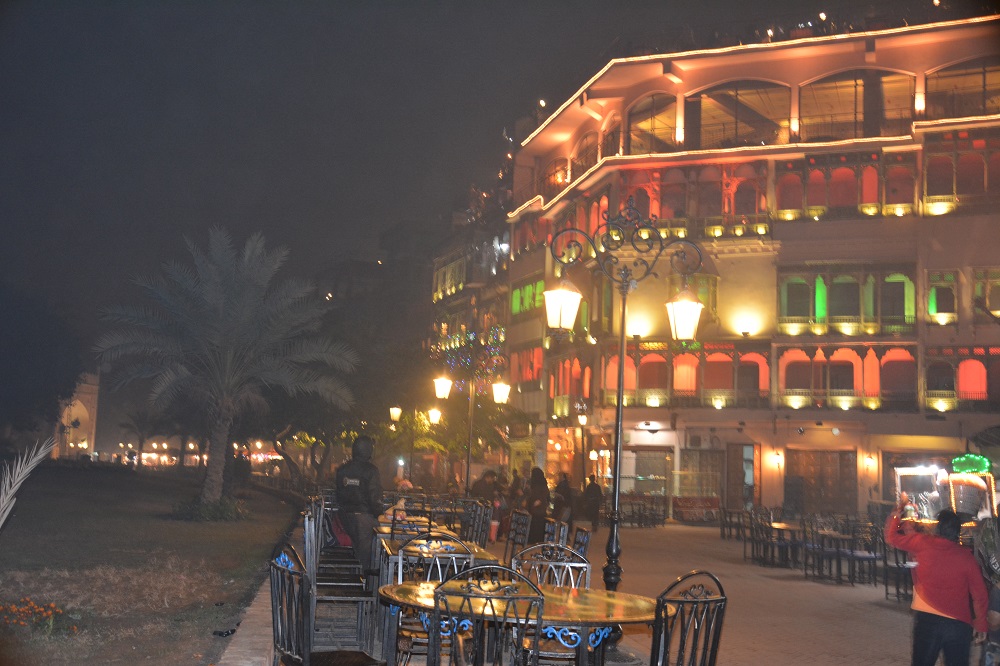Culture and Life Style of Pakistan

As a settlement between Muslim League of India under the leadership of Mohammad Ali Jinnah, Indian Congress Party under the leadership of Jawahar Laal Nehro and Gandhi and British rulers in 1947, British India’s division took place. British India was divided on the agreed principals that the regions of British India dominated by Muslim population will constitute Pakistan as a separate Islamic State while Hindu Majority dominated areas will become Bharat. Currently 95% of the population is Muslim in Pakistan, but members of several minority religions also live here, including Hindu, Christian, Zoroastrian, Sikh and Buddhist. Pakistan is a country of various ethnic groups and tribal population inhabited across, which have centuries old history of their own. That’s why Pakistan has a mixture of live cultures and are very well distinctively observed among different ethnic groups in terms of their clothing religious practices, while their pre-Islamic cultural activities and customs are also different from Islamic practices. Pakistan is the first region in South Asia to take full effect of Islam and advanced Islamic identity.
The population of Pakistan is a mixture of South Asian, Central Asian and West Asian, making Pakistani culture unique from other countries which is a combination of Islamic, regional, English and global influences. Increasing globalization has increased the pressure of Western culture on Pakistani culture. They are easily accessible to Western products, cultures and food dishes.
Language: Though Urdu is declared official language of Pakistan, but English is used in public offices in writing so English is known as the unofficial official language of Pakistan. Urdu was created by combining different languages including Arabic, Persian and Turkish. The form of dialect spoken in Urdu resembles Hindi, but it is written in a different script than Hindi. Although Urdu and English are commonly spoken and understood throughout Pakistan, but other local languages are spoken too in different provinces, valleys and regions. These include Punjabi, Sindhi, Pushto, Balochi, Saraiki and Hindko etc.
Flag History: Syed Amir uddin Kedwaii designed the Pakistan National Flag. It’s design is based on the original flag of Indian Muslim League and adopted by the Constituent Assembly on August 11, 1947. The flag is referred to in the national anthem as Parcham-e-Sitāra-o-Hilāl in Urdu (Flag of the Crescent and Star). The culture of Pakistan contains very diverse and colorful traits since Pakistani areas have been invaded and occupied by various invading ethnic races in history, such as White Huns, Persians, Arabs, Turks, Mongols and Afghans etc.
Literature and Poetry is an important part of Pakistani culture and very rich in local folk lore. Most poets have reflected the Islamic history, code and convey the message of love and brotherhood. Pakistani Literature is published in different languages such as Urdu, Sindhi, Punjabi, Pashto, Baluchi, Persian, English. Allama Muhammad Iqbal is considered national poet of Pakistan as his poetry in Urdu and Persian inspired by Islamic values and Muslim philosophers. He was a strong advocate of the political and spiritual revival of Islamic civilization and encouraged Muslims around the world to achieve a successful revolution. Also Sofi Tabassum, Faiz Ahmed Faiz, Sa’aadat Hasan Manto, Sadequain are recognized and famous displaying their expertise in the fields of Calligraphy, Poetry and Paintings. The Sufi poets occupy an honorable place in folk lore such as Lal Shahbaz, Data Ganj Baksh, Shah Abdul Lateef Bhitaaee, Sachal Sarmast, Hazrat Sultan Bahu, Baba Bulleh Shah, Baba Farid and Waris Shah are recognized Saints provided valuable religious services to their local communities in Pakistan. Historically, philosophical development for two Nation theory in the subcontinent and after partition in Pakistan was dominated in the writings by Dr Muhammad Iqbal and Sir Syed Ahmed.
Architecture in Pakistan speaks out loud about the country’s historical and cultural roots. Many ancient sites like Taxila point to pre-Islamic heritage of Hinduism and Buddhism. Whereas Moenjo Daro and Harappa are among the pre-Historic settlements that are now tourist attractions. Most of the contemporary architecture in many major cities points directly to the long and powerful reign of the Islamic empire in the region. Mughal era, design elements of Persian-Islamic architecture were fused with and often produced playful forms of Hindustani art. Lahore contains many historical buildings from the Mughal empire. Most prominent among them are the Badshahi Mosque, The Lahore Fort, Wazir Khan Mosque, the Shalimar Gardens, Chouburji Gardens and Tomb of Emperor Jehangir and Queen Noor Jehan in Lahore.
The Minar-e-Pakistan is a national monument built on the site where the All-Indian Muslim League passed the Lahore Resolution on 23 March 1940 and demanded a separate state for the Muslims of Subcontinent The first official call for a separate and independent homeland for the Muslims of British India, as espoused by the two-nation theory. The resolution eventually helped lead to the emergence of an independent Muslim state known as Pakistan in 1947.
Pakistan has a large number of ethnic and cultural groups that form an interesting and diverse national culture. The Culture is intertwined with the culture of the broader Indian subcontinent and Central Asia.
- In the south side of Pakistan, the Punjabis, Saraikis, Pothwaris, Kashmiris, Sindhis, Muhajirs, Makrani
- In the North Side Baloch, Hazaras and Pashtuns in the west; and the Dards, Wakhi, Baltis, Shinaki and Burusho communities.
Every culture has unique aspects and make it beautiful. The country’s culture has been established for thousands of years, and many civilizations living in the region help influence everything from cuisine and music to literature and art.
You may contact the writer at sadaf_kashmiri@hotmail.com

